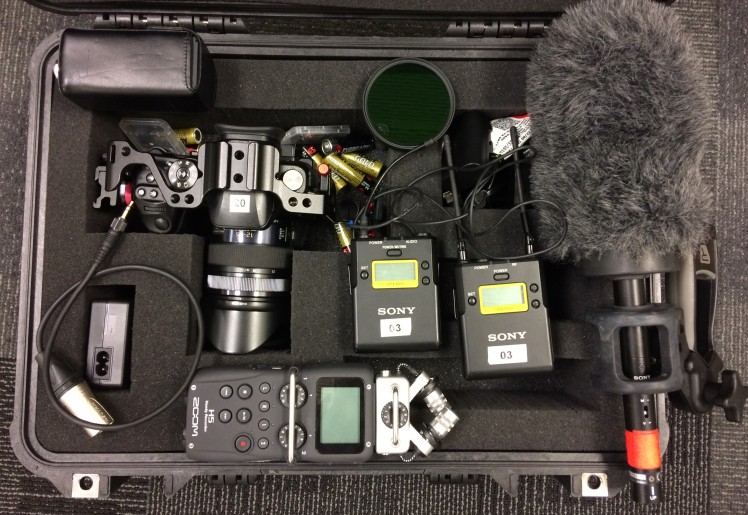Excerpt from my journal article ‘Backpack reporting of Typhoon Haiyan in the Philippines: Implications of convergent technologies on disaster journalism‘ published in Pacific Journalism Review. Click here to download the article.

While it is true that many researchers have a general understanding of the meaning and implications of media convergence, it is still an ambiguous term even after two decades when it was first introduced. Scholars and media practitioners argue that a single definition does not matter and may be difficult to achieve because convergence is defined by the “media market place, and the marketplace conditions are different from one location to another” (Quinn, 2005, p.8). A popular and common notion of the term is the blurring of boundaries between and among different media and communication platforms (Quandt & Singer, 2009). Media convergence has been defined in a number of ways such as: “the combination of technologies, products, staffs and geography among the previously distinct provinces of print, television and online media” (Singer, 2004, p. 286); the cooperation between print and broadcast media for the delivery of multimedia content through the use of computers and the internet (Lawson-Border, 2006); and the modified storytelling strategies and techniques of the formerly considered medium-specific platforms (Zelizer & Allan, 2010). In the past, a newspaper company produces content solely for print publication and a television network is limited only to its broadcast outlet. But in the 21st century journalism, boundaries between media channels are blurred and journalists are increasingly expected and required to produce multimedia content and deliver news across platforms.
The origin of the word convergence as applied to communication industries has been a point of debate among media researchers. Many scholars, however, cite Ithiel de Sola Pool’s popular 1983 book, Technologies of Freedom, as a proof of early discussions on convergence (Gordon, 2003). Pool, who was later referred to as the prophet of media convergence by media scholar Henry Jenkins (2006), was credited as one of the first authors who wrote on the concept of convergence of modes.
A process called the ‘convergence of modes’ is blurring the lines between media, even between point-to-point communications, such as the post, telephone and telegraph, and mass communications, such as the press, radio, and television. A single physical means–be it wires, cables or airwaves–may carry services that in the past were provided in separate ways (Pool, 1983, p. 23).
The practice of convergence began in the mid-1990s when companies around the world started some forms of cross-media synergy and interaction (Deuze, 2007). An example was a partnership between a television station and a newspaper owned by at least two separate companies. The convergence here was a form of business arrangement, in which one media cross promotes another (Quinn, 2005a). Although earlier discourses on convergence associated the term as a dangerous word due to its perceived nature as inevitable and necessary (Silverstone, 1995), the media industry was quick to embrace convergence, albeit using different styles. But there was no single model of convergence among media organisations. Convergence journalism took place in a “variety of newsrooms, in a variety of manners” (Kolodzy, 2006, p. 10). Thus, there is no absolute template to implement convergence in journalism since different cultures, companies and countries may exercise diverse forms and layers of convergence (Boczkowski & Ferris, 2005; Quinn, 2005).

____________
Zafra, N. (2018). Backpack reporting of Typhoon Haiyan in the Philippines: Implications of convergent technologies on disaster journalism. Pacific Journalism Review : Te Koakoa, 24(1), 102-122. https://doi.org/10.24135/pjr.v24i1.397